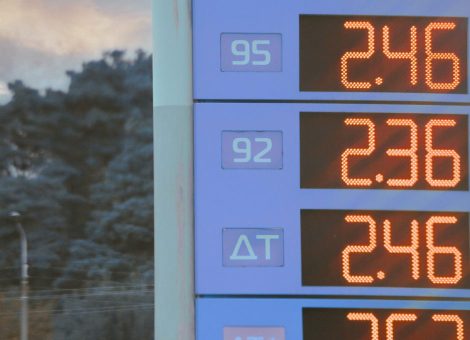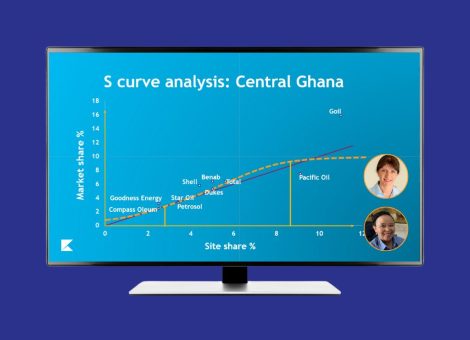Balancing different fuel grades during instability
We are aware that our customers across the world are all affected to some degree, and that their retail fuel pricing teams are dealing with novel situations.
This is a difficult time for fuel retailers — and particularly for retail fuel pricing teams. There is little that can be done to control the external situation, but there are some steps to take to protect yourself and your brand during these challenging times.
Balancing different fuel grades during instability
The high volatility in crude oil prices has led to swings in the cost prices of refined products. While costs are always changing, the size of the fluctuations is normally fairly predictable. However current volatility has increased the size of these changes causing a headache for retail fuel pricing teams.
Normally, the price differentiation between a premium product and a standard product in the UK is often in the range of 5-12p per litre. This price differential typically causes premium product to sell at a much slower rate than the standard grade. However, right now, when costs for faster moving products are changing by more than 5-12p over the course of a few days, fuel retailers may find that standard grade fuel is costing more than premium grade.
High fluctuations in cost can affect all the fuel grades you sell and upend your usual pricing structure.
Example
In most countries across the globe, diesel is cheaper than petrol (The US and UK tax diesel at a higher rate making it more expensive at the pumps). But right now, we’re seeing countries like Italy pricing diesel higher than petrol, much to the surprise of consumers, with a 51% rise in the past year.
Advice
To maintain your brand and value promise, you should maintain the pricing hierarchy of your fuel grades. You should keep premium at a higher price than standard — but take advantage of the lower cost to slightly reduce your usual product differential. In turn this may convert more customers to premium grade to help with your product margin and importantly uphold the integrity of your brand.
Retailers need to be aware of how economic conditions (particularly acute ones) can change spending habits. Discounters will often look to strong-arm their way into a chunk of extra market share during these times and so expect to see heavy marketing and price cuts from these guys. This gives other retailers a decision to make. Following the discounters will no doubt lead to a drop in short term unit margin, but not following them could mean material drops in volume and short term market share.
Read more articles about:
Fuel pricingSubscribe and get the latest updates
You may unsubscribe from our mailing list at any time. To understand how and why we process your data, please see our Privacy & Cookies Policy
Related posts
Fuel pricing
Fuel pricing by exception: When do analysts actually analyze?
Managing fuel prices can be time-consuming, especially when analysts spend much of their day on routine tasks....

Fuel pricing
Middle East / Africa - Fuel network planning: Critical insights
Join our team as we look at the key points of insight that fuel network planners need to consider when making...

